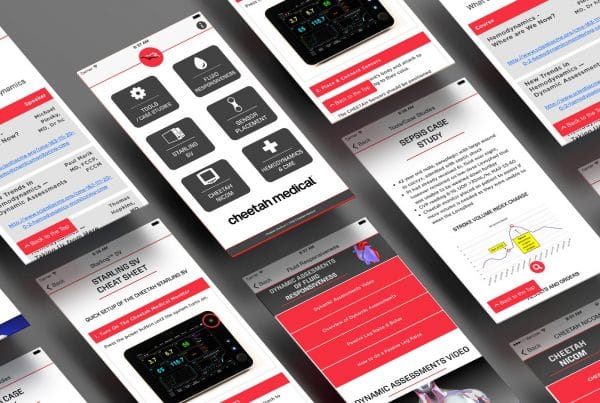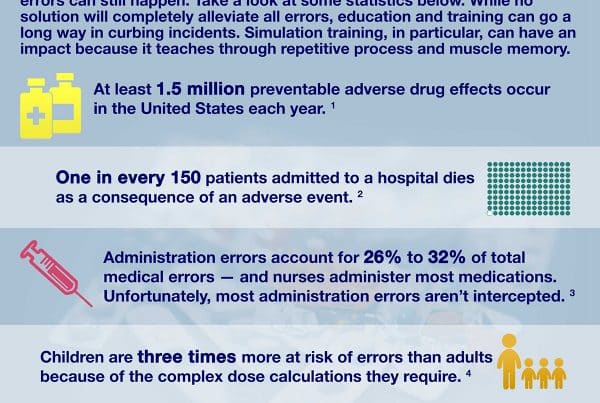Building mobile development training for multiple operating systems (OS) may be expensive and out of reach for startups or companies with little funding for such programs. However, the benefit of these systems is still enticing to entities within all industries. Striking a balance between price and usability can bring more training to more businesses and their staff, and choosing a specific OS may no longer be a limiting factor in the process.
Mobile apps were previously built with a single type of device in mind, but that is not the case anymore. In some instances, hybrid solutions that incorporate online resources or more flexible programming can produce a tool that works for a variety of systems. What’s more, as the proliferation of migratory data surges in the wake of big data improvements, more companies may find that transferring native programs to new environments is not as much of a challenge.
Out with the old
In the past, the first question many companies had to tackle was which segment of the mobile market they wanted to work within. The leaders of the device wars are still Android and iPhone, which means that most employees are using one of these devices, but creating a solution that only interfaces with either of them could mean half the office may be left tethered to their desks, while the rest can move freely. Network World wrote that this is still a common concern especially among young businesses, where weighing the value of one device over the other and comparing user figures among employees, clients and customers can mean the deciding factor in what solutions to pursue.
Now, though, mobile development training can be launched for multiple platforms simply by employing a hybrid structure, as PC Advisor wrote. The flexibility of such apps allows them to be accessed by a number of different computer and mobile devices, including PCs, smartphones and tablets, without losing the look and feel of the program due to scaling or programming issues.
Better programming methods
Reaching more people with a single application can provide a sound return on investment, which in turn may help even small companies feel better about investing in this kind of technology. With Gartner predicting that more than 650 million smartphones will be sold around the world by the end of 2012, it makes sense for businesses to invest in software that is likely to reach these devices. With hybrid solutions, investors won’t need to worry as much about the split in the OS market, which mobiThinking reported is still being dominated by Android.
“There is no choice between mobile Web and applications,” Mark Johnson of Zite told ReadWriteWeb. “Any publisher must consider both. A well delivered strategy recognizes the preferences of its readers, the natural bias of its content, and the natural ebb and flow of many of these platforms.”
The mobile app development market is growing and shows no signs of losing momentum. CSE Software Inc. can help companies interested in deploying these tools for themselves. The mobile development team at CSE can help your organization find out which innovative and flexible mobile solutions can help better reach and communicate with your staff. The CSE team can develop the right apps to boost your company’s visibility among consumers, sharpen your corporate message and increase productivity by finding tools that work best with your existing company software.
Contact Stacey Burris at sburris@csesoftware.com or 1.309.670.7595 and ask for an mobile app demo today!



